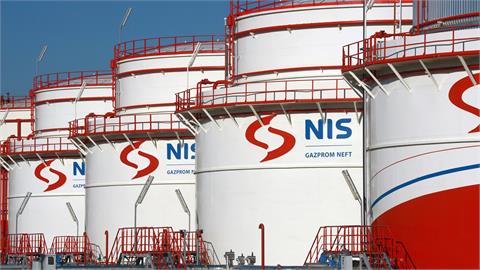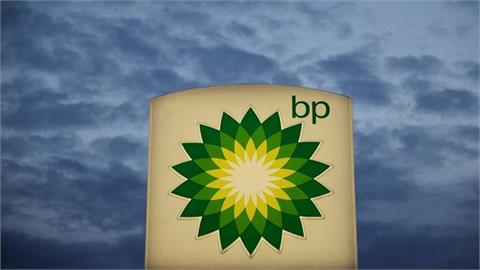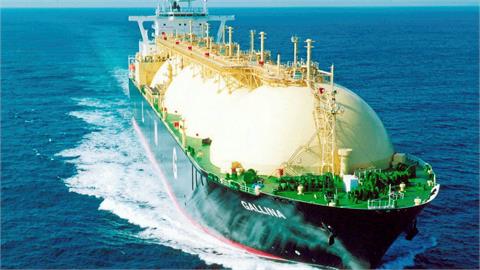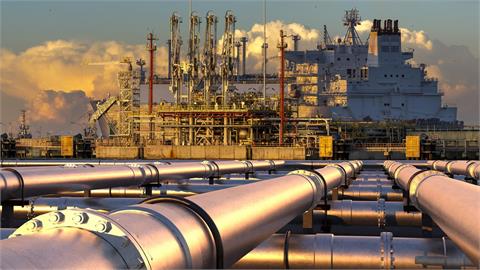Around €100 billion ($108 billion) is required to take the production of crude steel from iron ore and make it climate neutral, according to a recent press release by Roland Berger, a global strategy consulting firm headquartered in Munich.
According to Roland Berger, the steel-producing sector is currently the largest industrial carbon dioxide (CO2) emitter in Europe, accounting for 22% of total emissions.
However, the European Union has resolved to become climate neutral by 2050 to comply with the Paris climate agreement.
"Europe's steel industry will need to invest heavily if it is to reach the EU's climate targets," the consulting firm underlined.
Commenting on the data, Akio Ito, a partner at Roland Berger, warned that if companies have to bear the investments alone, they will no longer be able to offer steel at competitive prices in an already highly competitive market, and added they may not be even able to finance the transformation at all.
- Hydrogen-based processes needed for steel industry
Bernhard Langefeld, another partner at Roland Berger, stated that hydrogen-based direct reduced iron (DRI) is the most advanced method of extraction, which he advocated for from a climate perspective as soon as there is enough green energy.
"Hydrogen production requires very large amounts of energy. The total energy requirement for climate-neutral steel production amounts to about 120 terawatt-hours (TWh) per year," he said.
Plans are afoot for the world's largest hydrogen electrolysis plant in Hamburg which is set to generate just under 1 TWh per year when operating at optimum performance, Langefeld said.
(Anadolu Agency, May 7, 2020)



